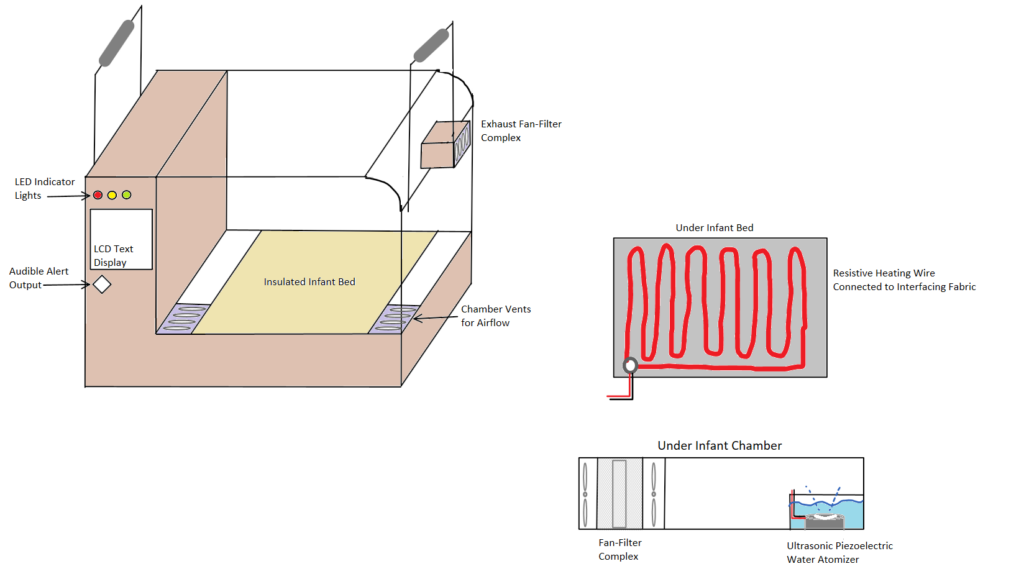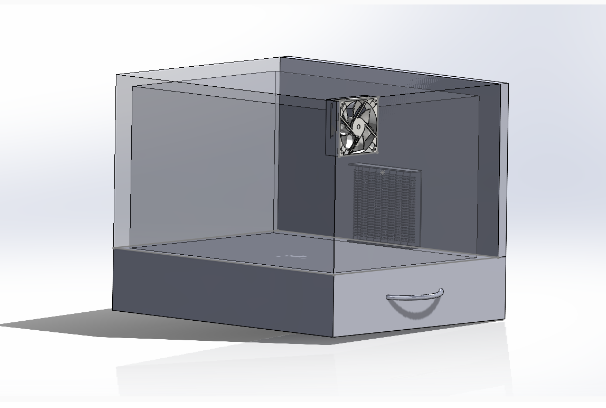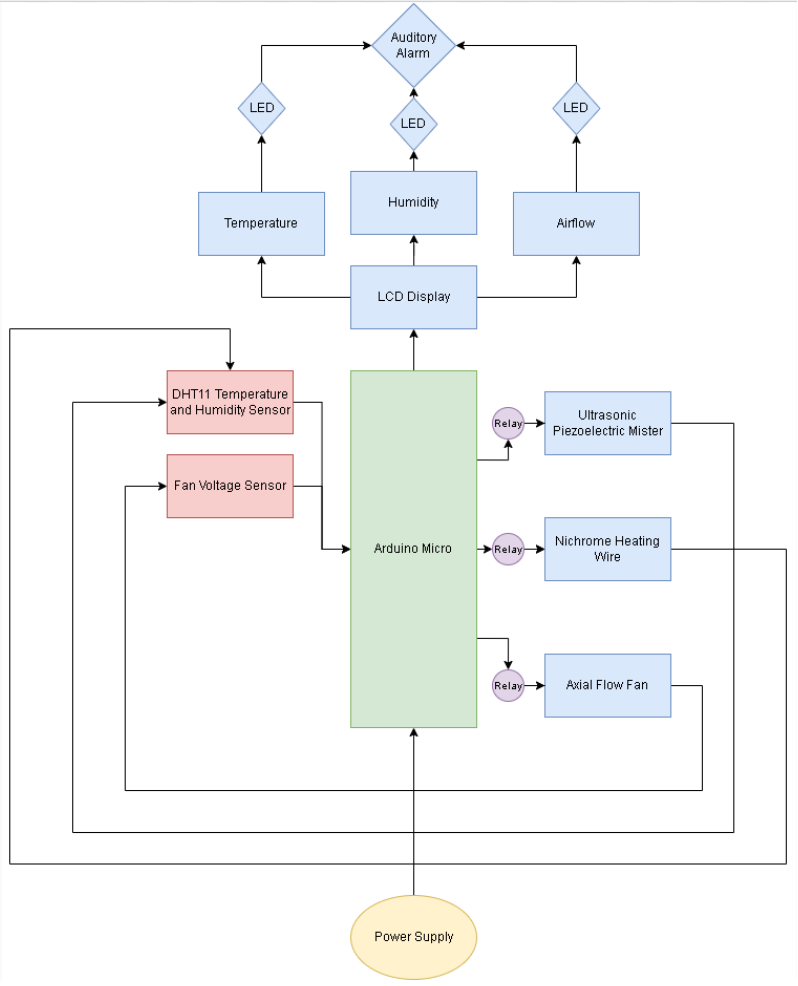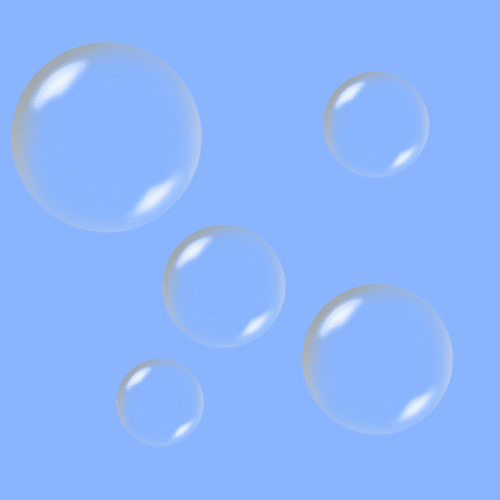The design process for this project is ongoing. Below you will find variations of the design in chronological order of development and release. Continue to check back for updates or see monthly updates for an itemized list of recent progress updates. Thank you for visiting.

Note: The arrangement of features is subject to change as design solutions are being developed and selected. Oct. 2022




